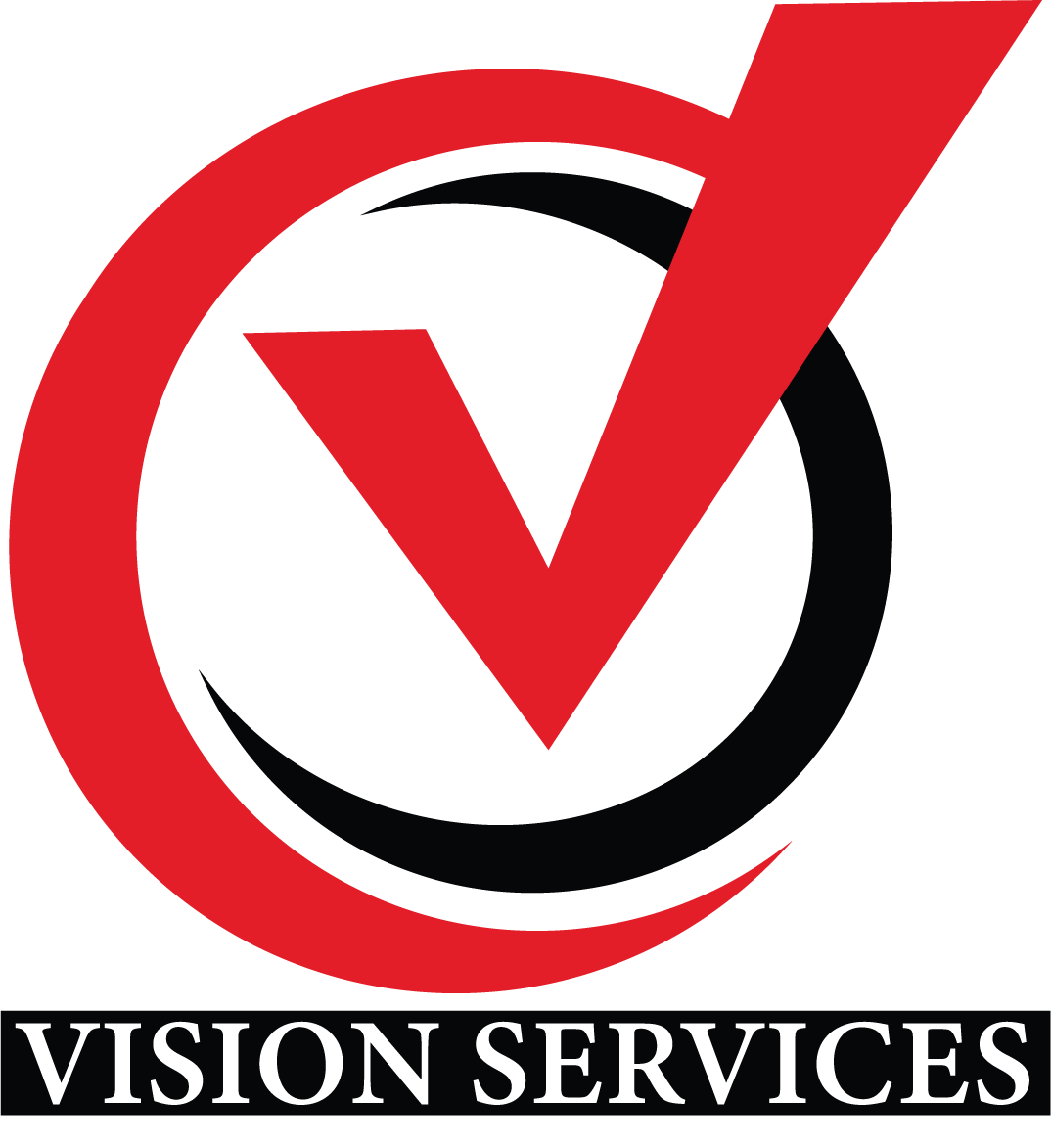In today’s fast-changing professional world, success depends not just on talent but on the willingness to learn, adapt, and grow. Encouraging learning in the workplace is no longer optional—it’s essential. Organizations that foster continuous learning empower employees to stay competitive, motivated, and aligned with future business needs. For individuals, a learning mindset becomes the most valuable career currency, ensuring long-term relevance and fulfillment.
1. Why Learning Is the Foundation of Career Success
Learning is the bridge between potential and achievement. In every career stage, acquiring new knowledge and sharpening existing skills helps professionals adapt to emerging challenges. Whether it’s mastering new technologies, developing leadership capabilities, or improving communication, consistent learning keeps employees agile.
Today’s careers are no longer linear—they evolve with industry trends. Continuous learning helps individuals navigate change confidently, transforming uncertainty into opportunity. The ability to learn fast and apply knowledge smartly defines true professional strength.
2. Organizational Benefits of a Learning Culture
When companies encourage learning, they don’t just enhance individual performance—they strengthen the entire organization. A culture of learning creates motivated teams that innovate and adapt to change with ease. Employees who see clear growth opportunities are more engaged and loyal, reducing turnover rates and boosting morale.
Moreover, learning-oriented organizations outperform competitors because they cultivate problem solvers. They transform challenges into experiments and failures into lessons. This adaptability ensures business continuity even in disruptive environments.
3. Leadership’s Role in Encouraging Learning
Leaders play a vital role in setting the tone for learning. When managers prioritize personal and team development, employees follow their example. Leaders who share what they’re learning—whether it’s through mentoring, reading, or training—normalize curiosity and growth.
A powerful leader empowers others to ask questions, experiment, and challenge the status quo. By promoting a safe environment for mistakes and learning, leaders help employees build resilience and confidence—two essential traits for long-term career success.
4. Building a Growth Mindset Across Teams
A growth mindset—the belief that abilities can be developed through effort and feedback—is the foundation of a learning culture. Organizations can nurture this mindset by celebrating progress rather than perfection. Recognizing effort, innovation, and experimentation encourages people to take initiative.
Employees with growth mindsets seek feedback, learn from mistakes, and continuously strive to improve. Over time, such behavior becomes contagious, turning entire teams into learning ecosystems where knowledge is shared and celebrated.
5. Learning Beyond Training Programs
Formal training programs are only one piece of the learning puzzle. Real growth happens when learning becomes part of daily work. Job rotations, mentorships, peer learning sessions, and stretch assignments give employees real-world exposure to new skills and responsibilities.
Encouraging employees to pursue certifications, online courses, or passion projects outside their current role also fuels creativity. When organizations support such self-directed learning, employees feel valued and become more invested in their careers.
6. The Role of Technology in Modern Learning
Technology has revolutionized how professionals learn. Online platforms, webinars, podcasts, and interactive simulations make learning accessible anytime, anywhere. Organizations can leverage Learning Management Systems (LMS), microlearning modules, and gamified training to make upskilling engaging and measurable.
Artificial intelligence and analytics further personalize learning journeys, identifying skill gaps and recommending relevant content. This smart approach ensures that learning efforts are targeted, effective, and aligned with both career and business goals.
7. Measuring the Impact of Learning Initiatives
Encouraging learning must go beyond intention—it requires measurable outcomes. HR leaders and managers should track metrics such as training participation, skill acquisition, employee engagement scores, and career progression rates. Surveys and feedback sessions can provide insights into how learning impacts motivation and performance.
When learning outcomes align with business results—like improved productivity, innovation, and customer satisfaction—it reinforces the value of continued development and justifies further investment in learning infrastructure.
8. Encouraging Peer Learning and Knowledge Sharing
Peer learning is one of the most effective and underused tools in professional development. Encouraging team members to share expertise not only strengthens collaboration but also deepens understanding. Knowledge-sharing platforms, brown-bag sessions, and internal workshops help employees learn directly from each other’s experiences.
When knowledge flows freely within an organization, employees grow together, reducing skill gaps and fostering unity. It also builds mentorship networks where experienced professionals guide new talent—creating a sustainable learning ecosystem.
9. Overcoming Barriers to Learning
Despite the benefits, some employees hesitate to engage in learning due to fear of failure, lack of time, or unclear value. Leaders and HR teams must address these barriers proactively. Simplifying access to learning materials, integrating training into work hours, and connecting learning to career advancement can make a big difference.
Encouraging small, consistent learning moments—like reading an article daily or watching a 10-minute tutorial—helps employees form learning habits without overwhelming their schedules. The key is consistency, not complexity.
10. Linking Learning with Career Growth
Learning is most impactful when employees see how it directly advances their careers. Transparent career pathways, skill-based promotions, and mentorship programs that link learning achievements to professional milestones make growth tangible.
When people understand that learning leads to recognition and opportunity, they invest wholeheartedly in their development. Over time, this cycle of learning and growth becomes the engine of long-term success—for individuals and organizations alike.
Conclusion: Learning Is the Lifelong Career Advantage
Encouraging learning isn’t just a company policy—it’s a mindset that defines future success. In a world where skills evolve faster than job titles, those who keep learning stay ahead. Organizations that champion learning create empowered employees; employees who embrace learning build stronger careers.
Every course taken, every idea explored, and every feedback session attended adds a layer of strength and adaptability. The most successful professionals and organizations are those who never stop growing—because learning isn’t just preparation for success; it is success in motion.





